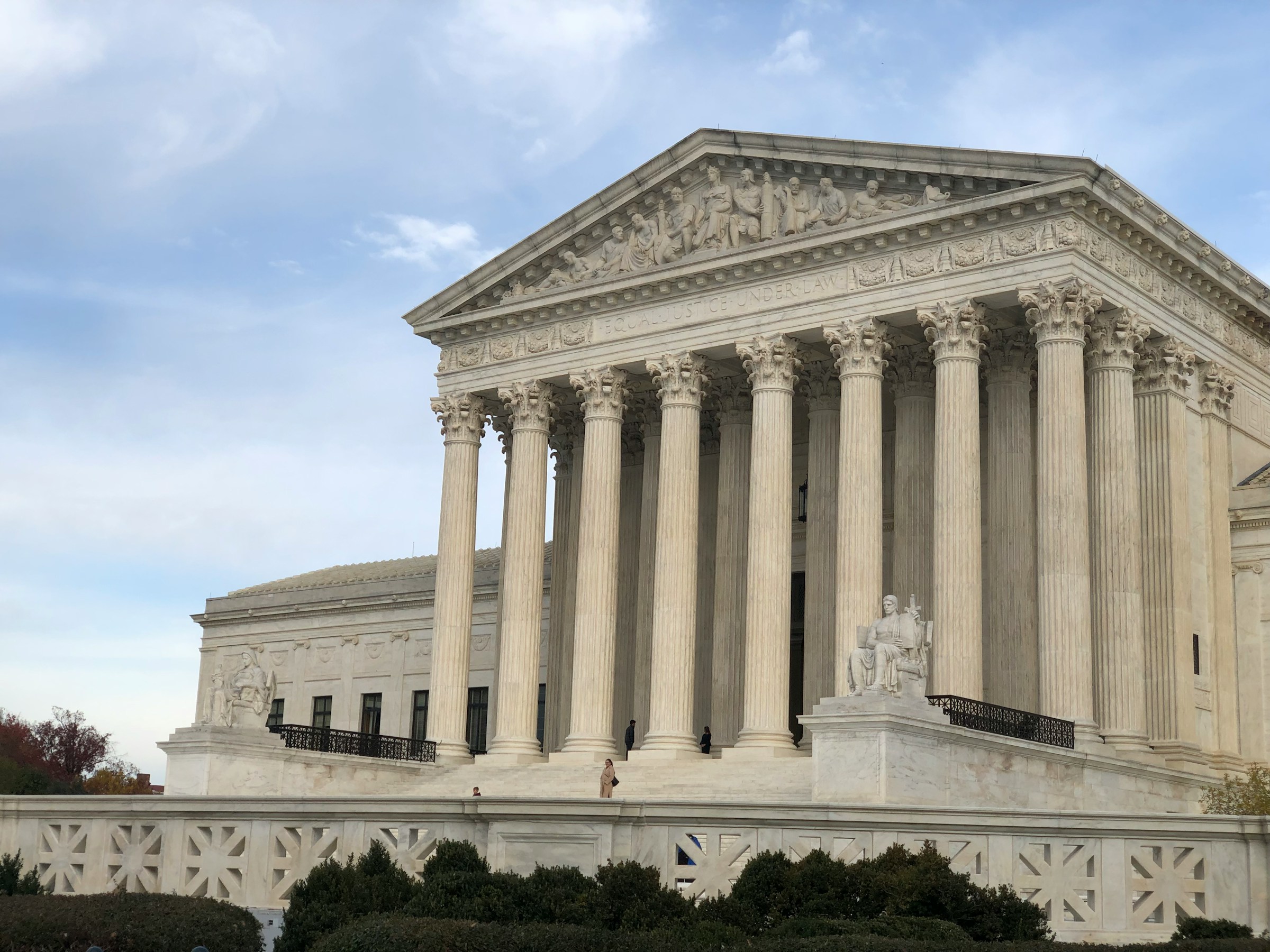Justice Jackson’s dissents


Civil Rights and Wrongs is a recurring series by Daniel Harawa covering criminal justice and civil rights cases before the court.
Please note that the views of outside contributors do not reflect the official opinions of SCOTUSblog or its staff.
In a recent investigative report, New York Times journalist Jodi Kantor revealed that there is growing friction among the Supreme Court’s three liberal justices. Specifically, her article describes a widening rift over how the liberal justices believe they should operate on a 6-3 conservative court. As Kantor tells it, Justice Elena Kagan favors restraint and internal diplomacy. Justice Ketanji Brown Jackson, on the other hand, has embraced sharper dissents and public-facing critiques of the court. Justice Sonia Sotomayor sits between them, balancing alarm with a commitment to maintaining working relationships with her conservative colleagues. With this term shaping up to be yet another consequential one for our foundational understanding of democracy, constitutional structure, and civil rights, Kantor’s reporting paints a picture of the liberal justices at odds over how best to use their voices in a moment defined by dissent.
If Kantor is right that all three of the liberal justices view President Donald Trump “as a threat to the constitutional order,” then it’s important to understand Jackson’s approach to this moment as larger than a tactical disagreement. It reflects a “demosprudential” understanding of dissent – an idea first articulated by the late luminary Harvard Law professor and civil rights lawyer Lani Guinier, who argued that judicial dissents can serve as tools of democratic engagement (building on the concept of “demosprudence” that she developed with Yale Law professor Gerald Torres). Guinier contended that dissents are not merely responses to majority opinions; they can also be public-facing interventions. Dissents have the potential to educate, mobilize, and give language to the public about what the court is doing and what is at stake. On this view, the job of a dissenter – particularly in moments of democratic crisis – is not just to persuade colleagues, but to speak to the country.
Seen through this lens, Jackson’s dissents take on different meaning. In one opinion after another, she has accused the court’s conservative bloc of favoring “moneyed interests” and of “complicity” in a political project that enables “our collective demise.” When, in 2023, the court ruled that the University of North Carolina’s affirmative action program was unconstitutional, she wrote that the majority demonstrated “let-them-eat-cake obliviousness” toward the realities of racial inequality. After the court granted then-candidate Trump broad immunity from criminal prosecution for his official acts during his first term in office, Sotomayor warned of her “fear for our democracy,” but Jackson went further, calling the ruling a “five-alarm fire that threatens to consume democratic self-governance and the normal operations of our Government.”
This goes beyond rhetorical flourish. Jackson is doing precisely what Guinier described: using her dissents as a democratic signal to the public, naming threats as she sees them so that civic actors – not just judges – can respond.
According to Kantor’s reporting, some liberal court-watchers fear that Jackson’s approach risks alienating the very conservatives the liberals sometimes need. Specifically, they worry that her separate writings may dilute the bloc’s cohesion or drive Chief Justice John Roberts or Justice Amy Coney Barrett further away.
But if these critics and court-watchers are worried about Jackson, Jackson seems unbothered by them. In public remarks she has been unapologetic, declaring: “I’m not afraid to use my voice.” “If I disagree, I’m going to say so.” Jackson does not seem troubled by warnings that she is too sharp, too visible, or too willing to disagree. She is not tailoring her voice to soothe colleagues or commentators. She is writing for the public, for history, and for the Constitution as it exists beyond the Supreme Court’s walls.
Ultimately, the liberal justices are not simply fighting over tone. They are engaged in a deeper debate: Is the primary role of a liberal justice in this era of a conservative supermajority to salvage what they can from within, or to warn the country from without? If Guinier was right, the question may not be which approach is most persuasive within the court. It may be which strategy best strengthens democracy outside of it. And in that contest, Jackson’s approach may be the one this moment requires.
Posted in Civil Rights and Wrongs, Featured, Recurring Columns